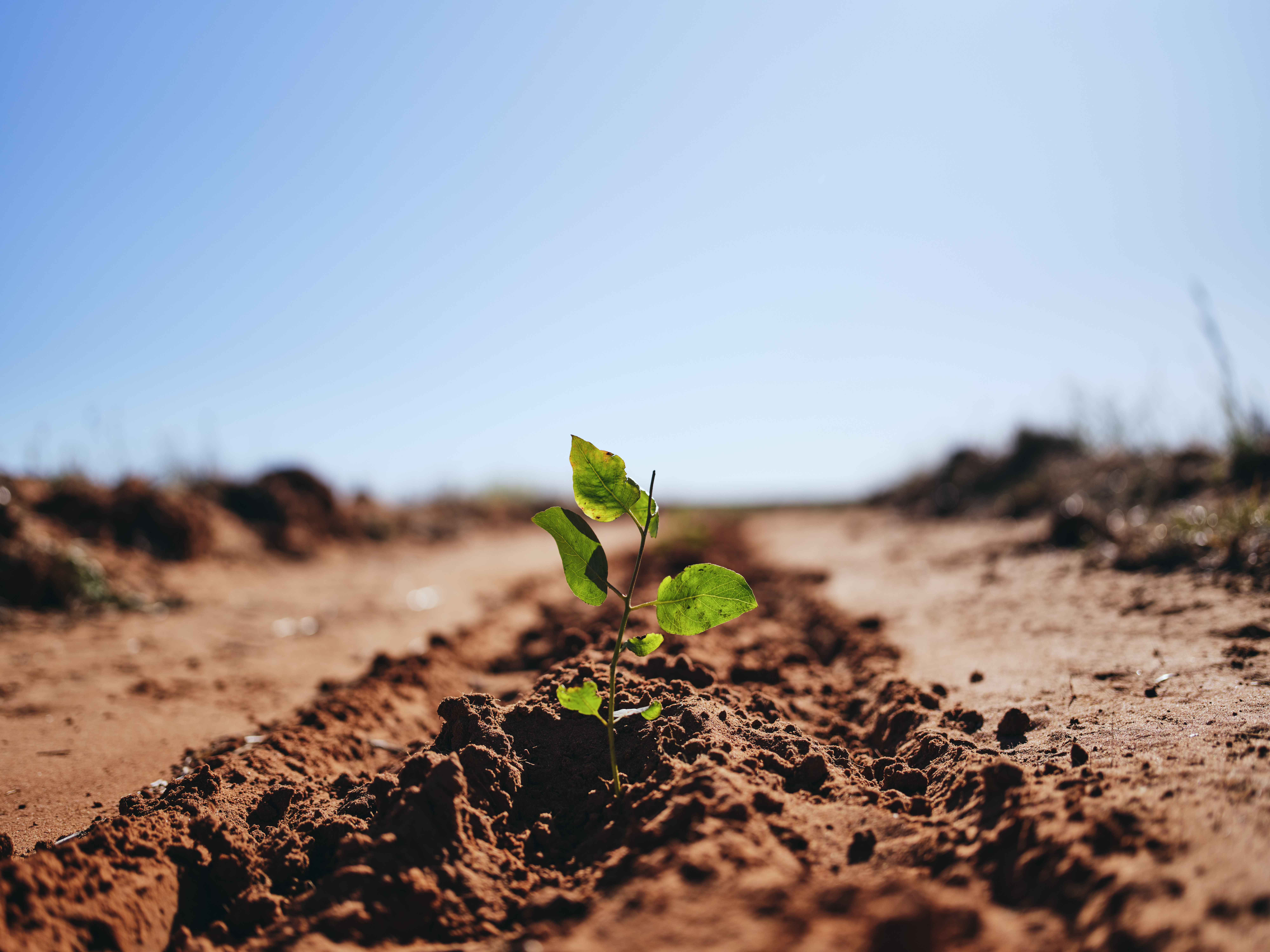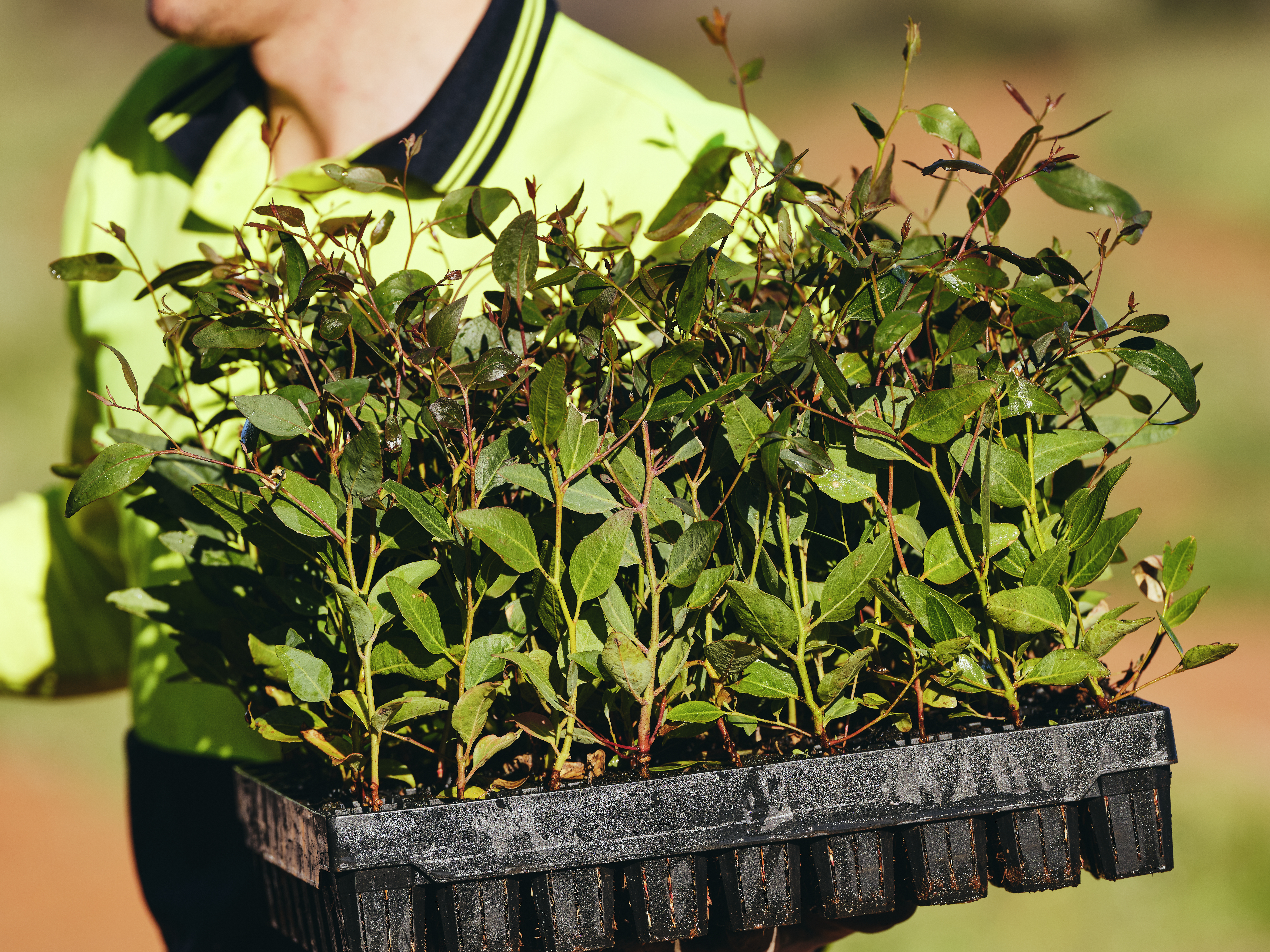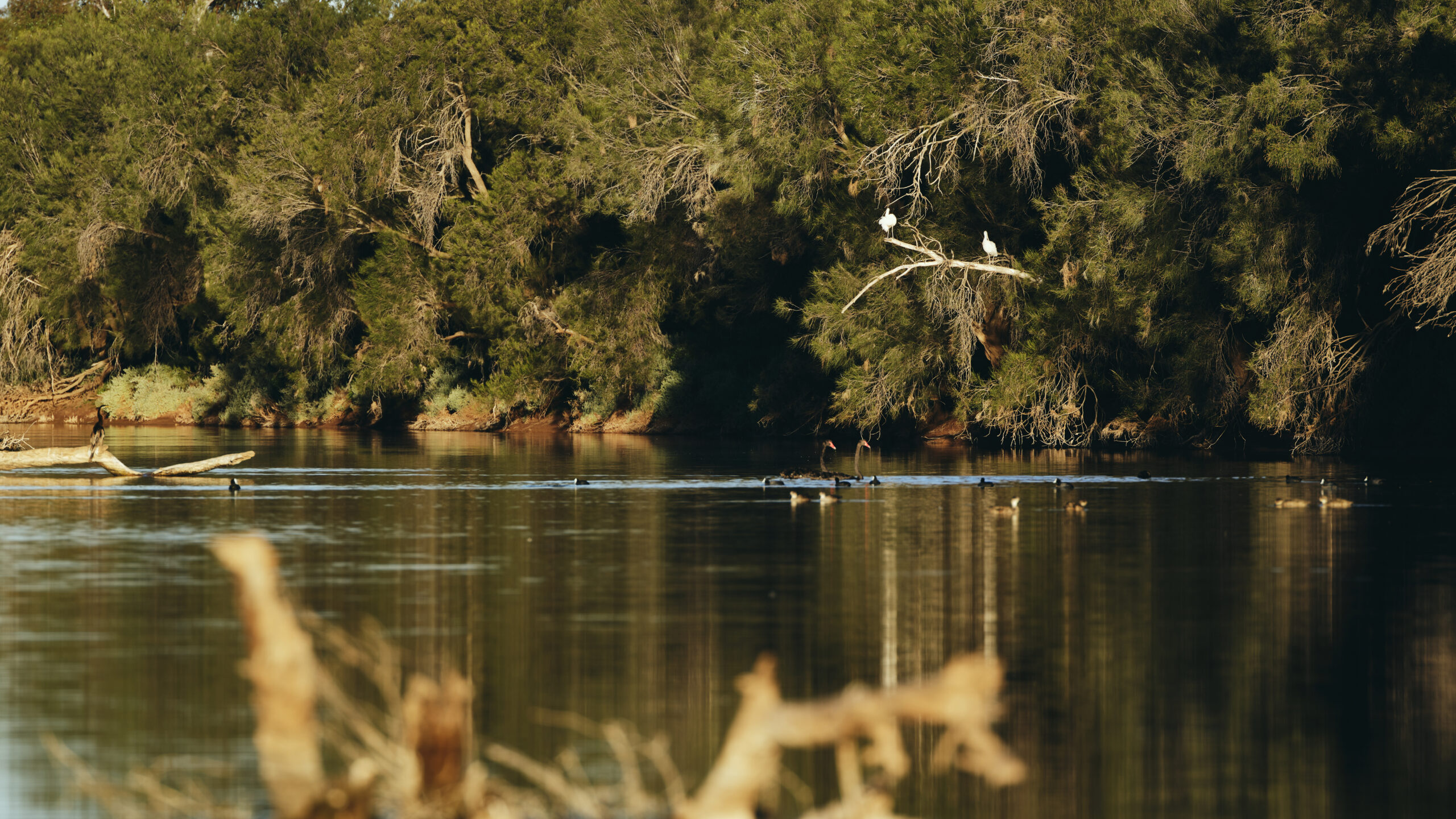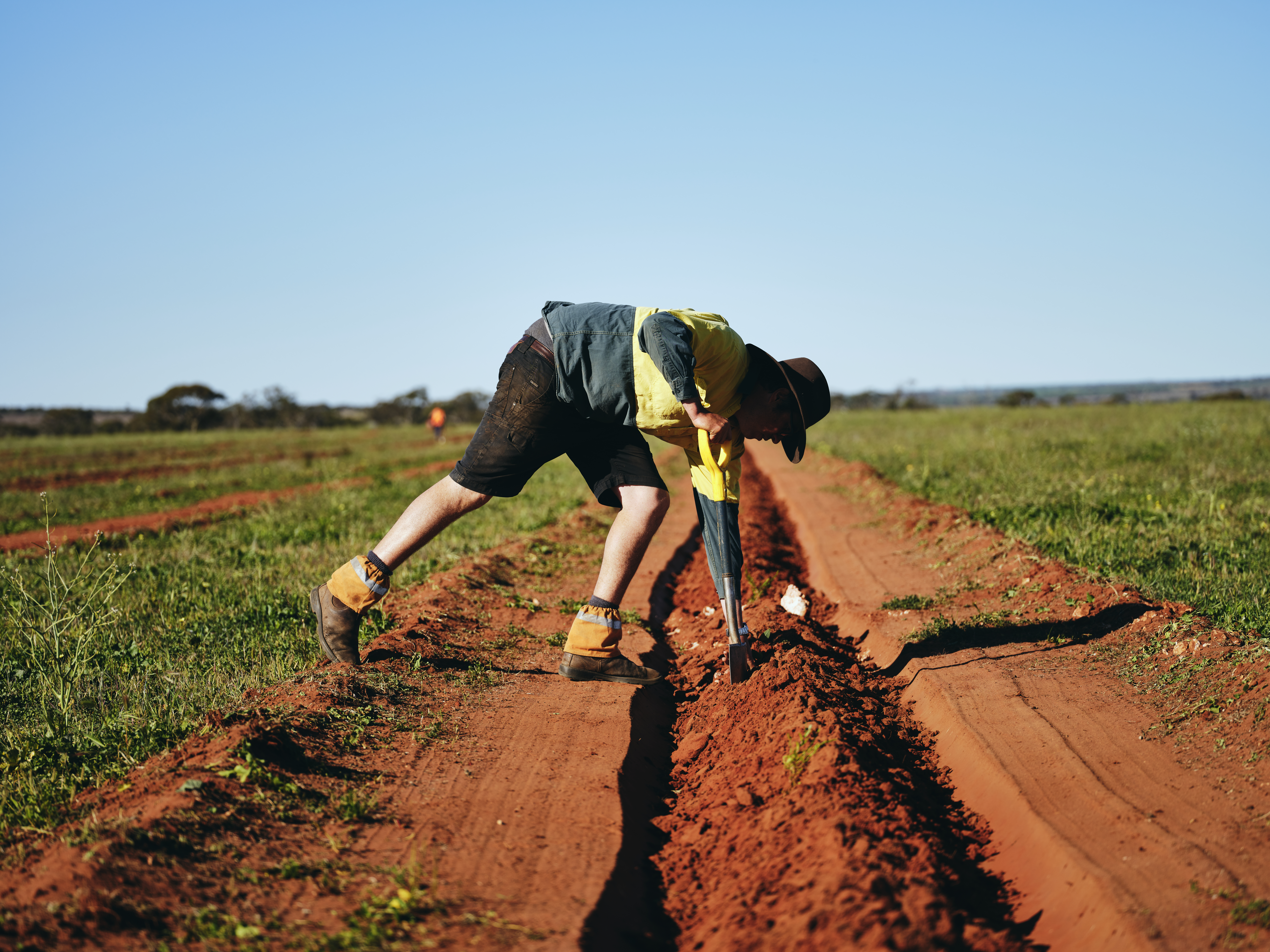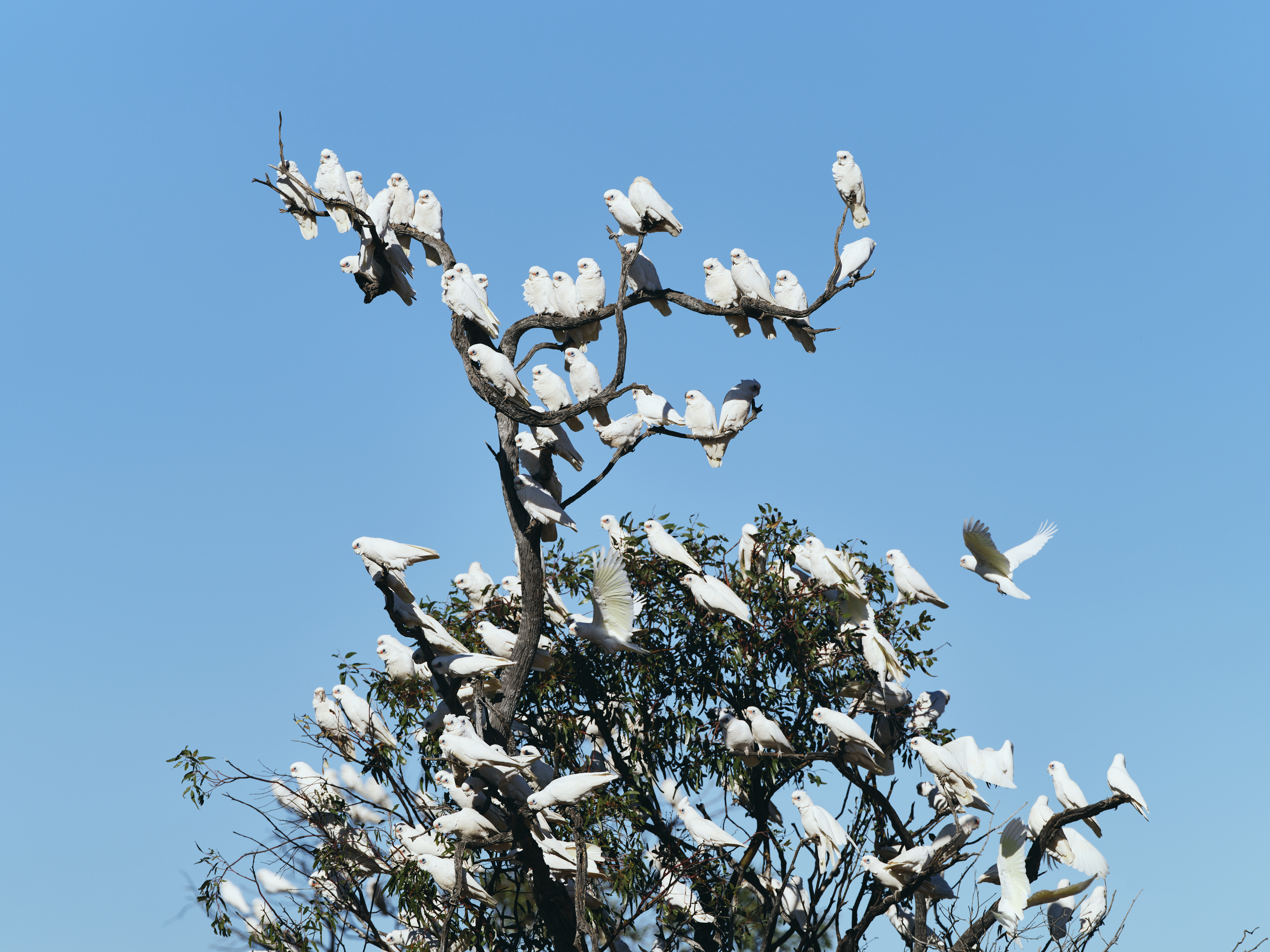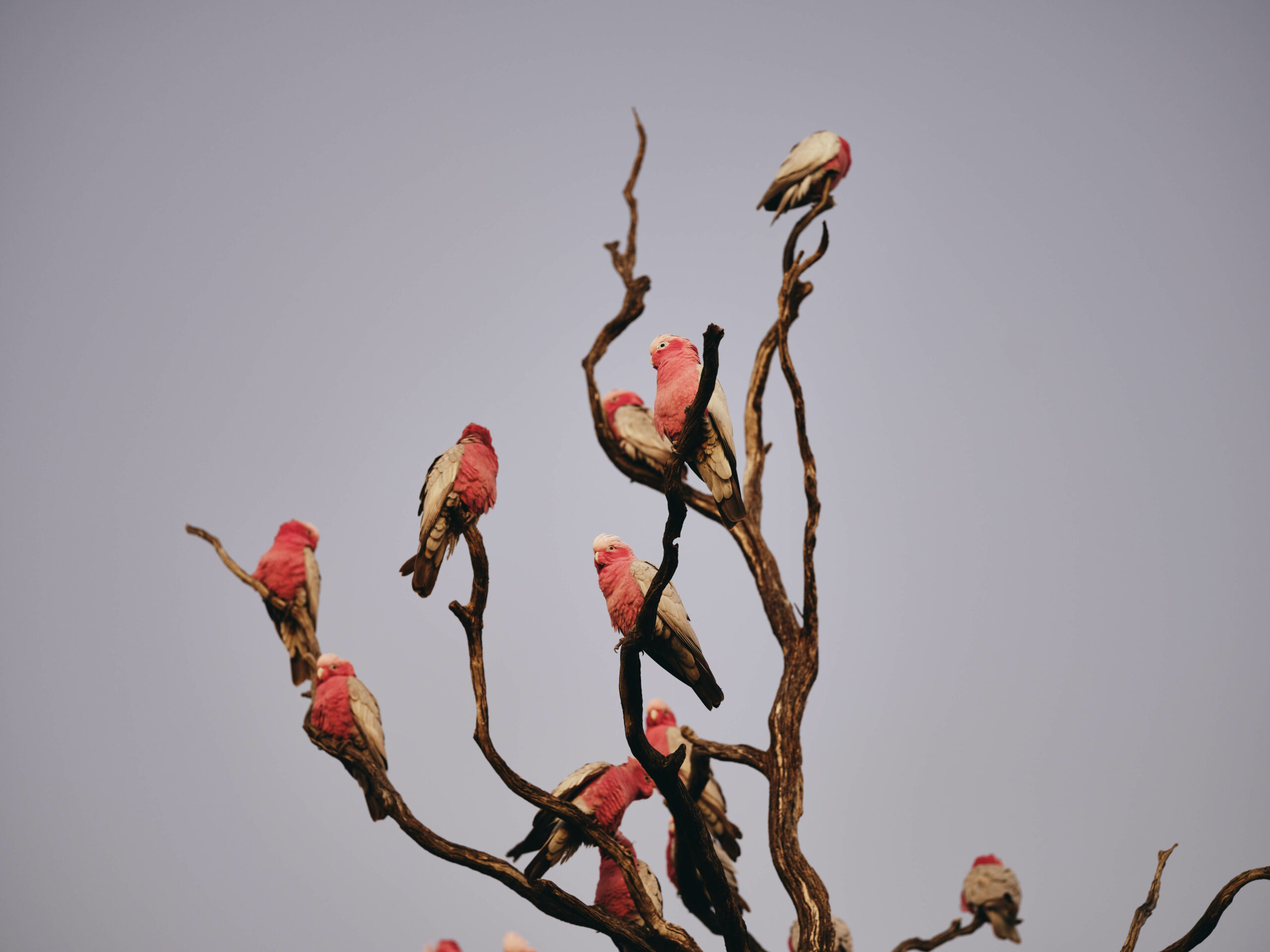Southwest Australia has been designated as one of 35 globally significant biodiversity hotspots, or a region that has a high percentage of endemic plant species but less than 30% of its natural vegetation remaining.
Such is the situation in this project area that is reforesting private properties. The land selected is semi-arid, low in rainfall and agricultural productivity. Project plantings are of native vegetation types including provenance seed collected from the project properties. Seeds and seedlings are planted with the design objective of restoring the project landscape to its natural condition of vegetation and restoring biodiversity to the area.
Biodiversity corridors are a useful conservation technique that provides natural habit to native species by connecting thin strips of habitat amidst developed land. By planting over 60 native species of plant and shrubs in an area that has been cleared for farming since the 20th century, the corridor will re-establish the natural landscape. This Project also provides socio-economic and environmental benefits to the local communities.
The Auscarbon Biodiversity Project is projected to remove 1,897,000 tonnes of carbon from the environment over its 50-year crediting period.
